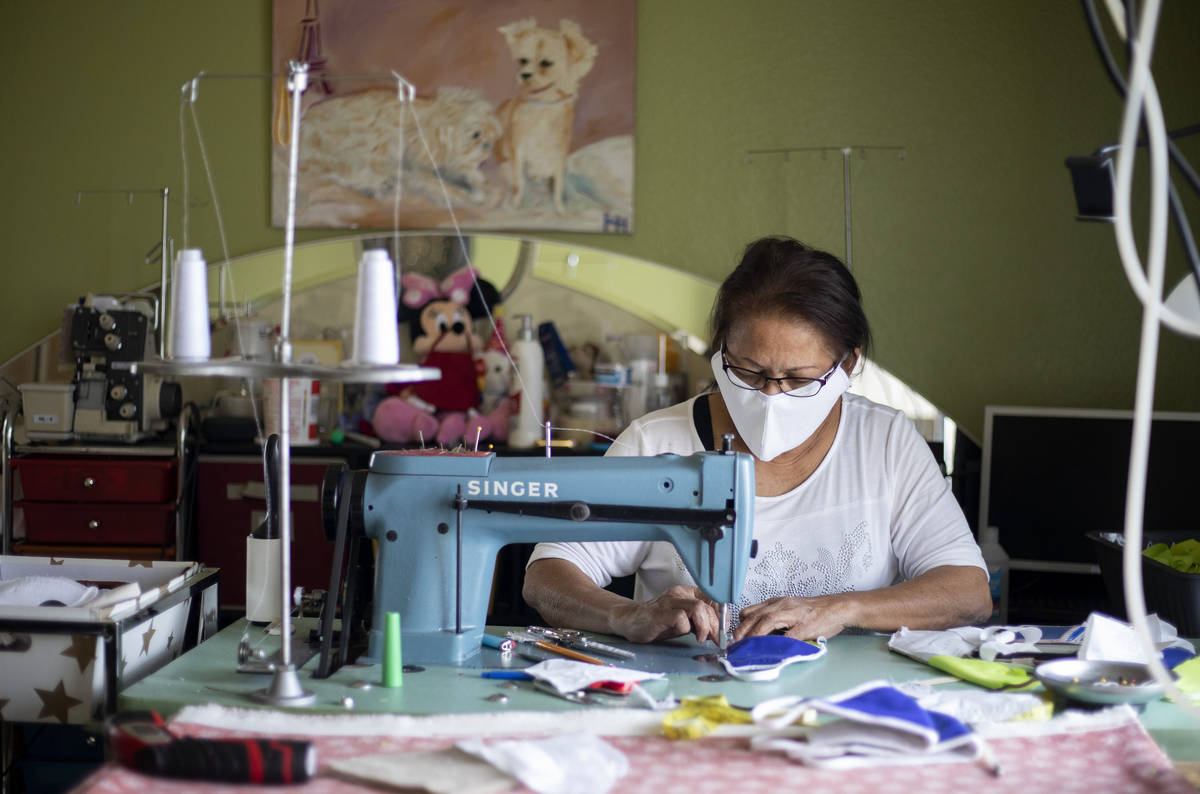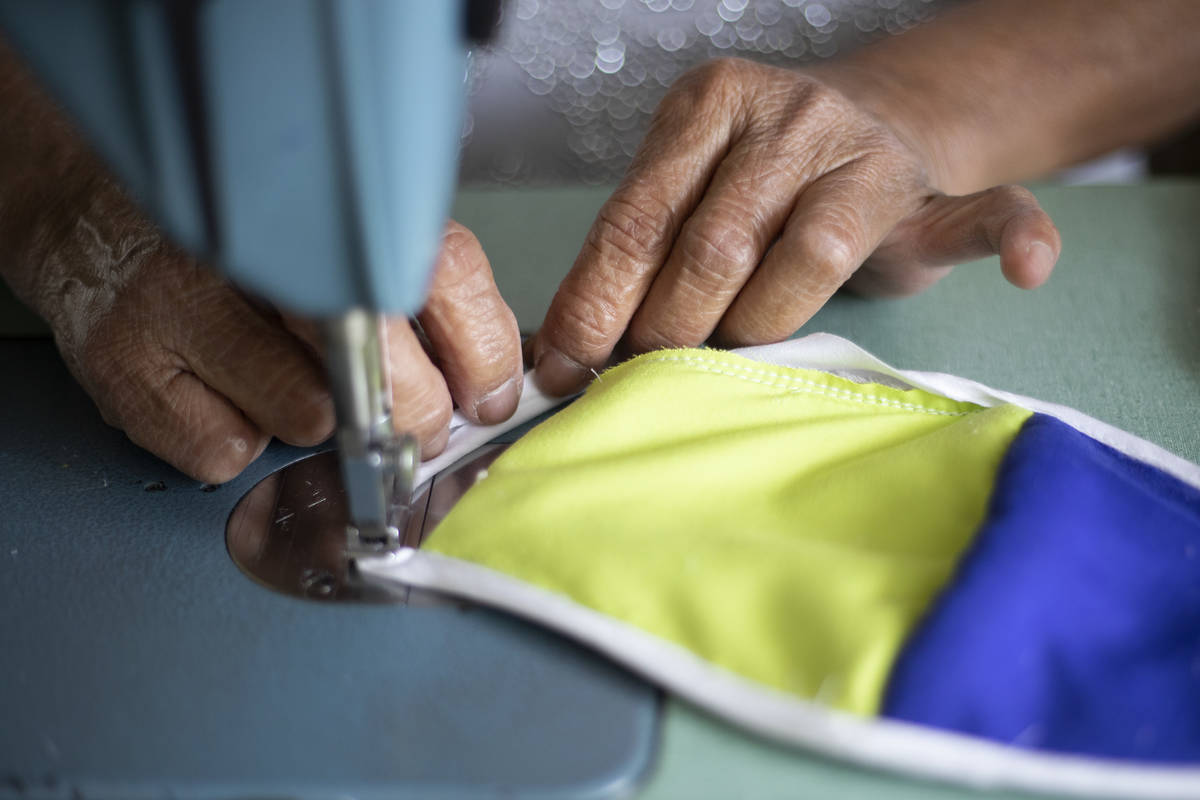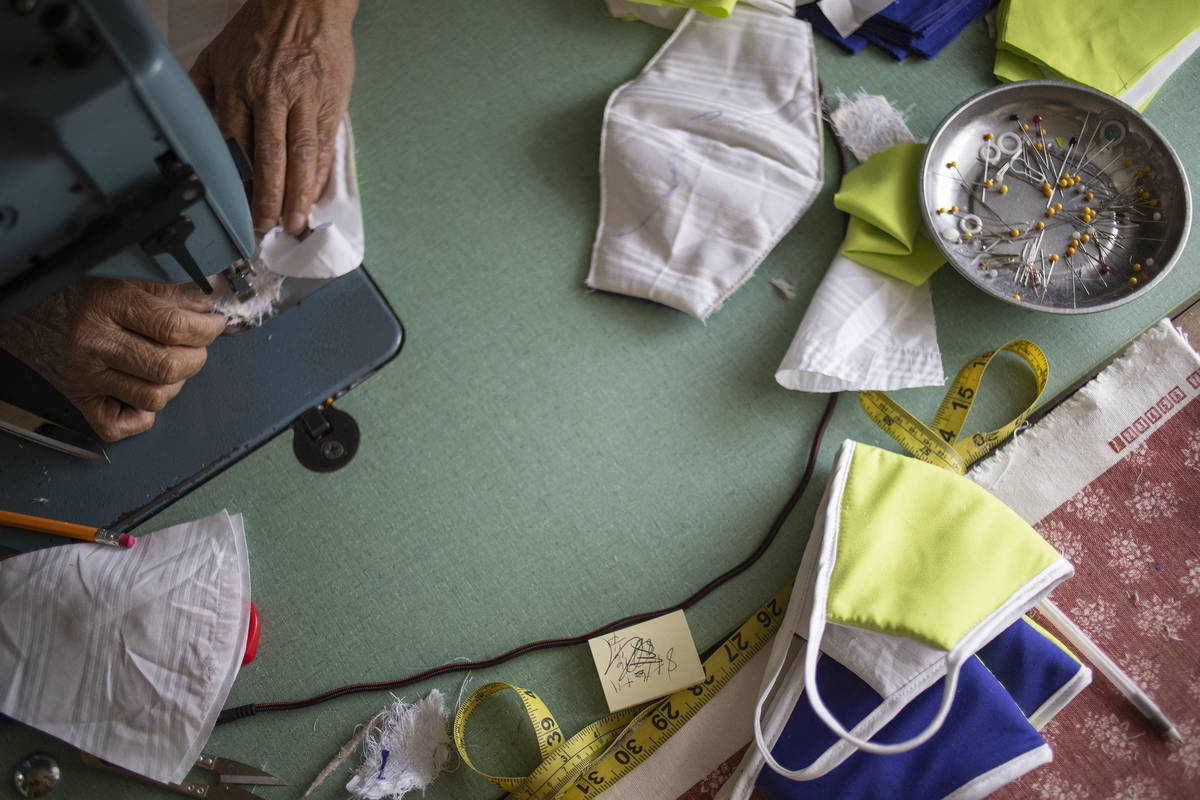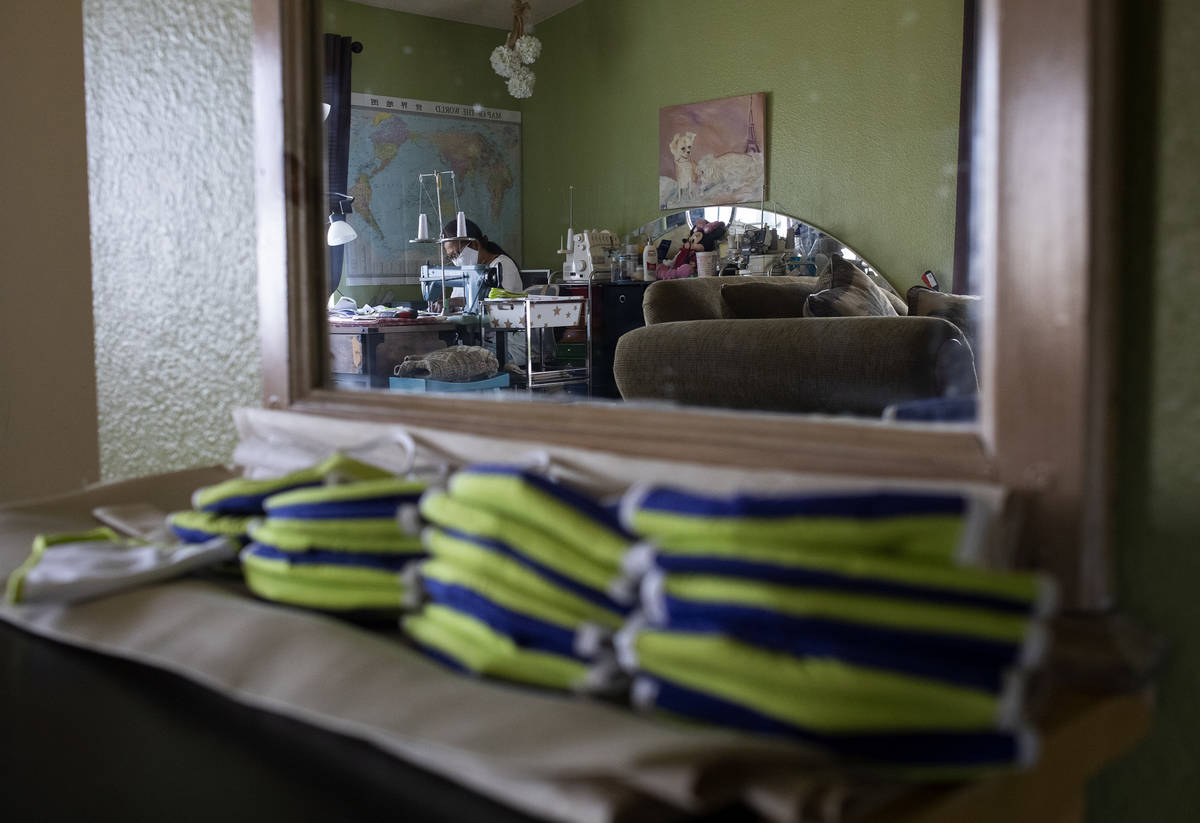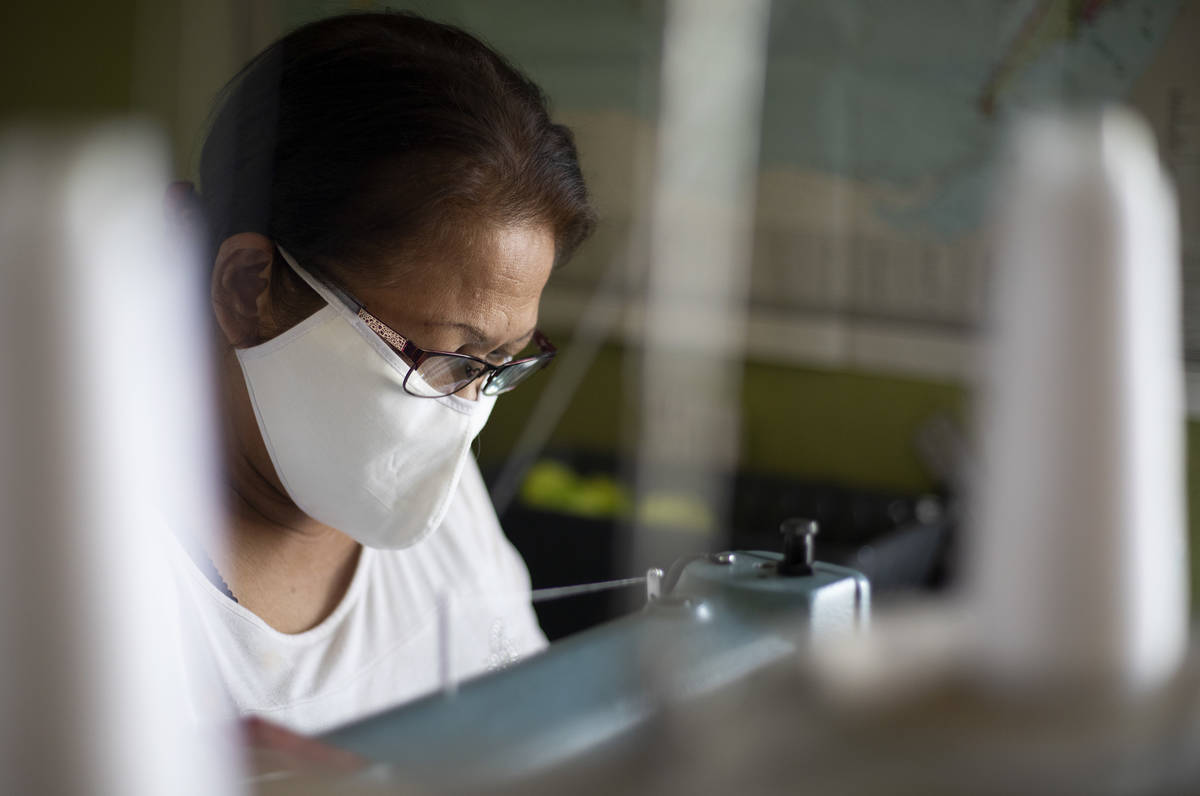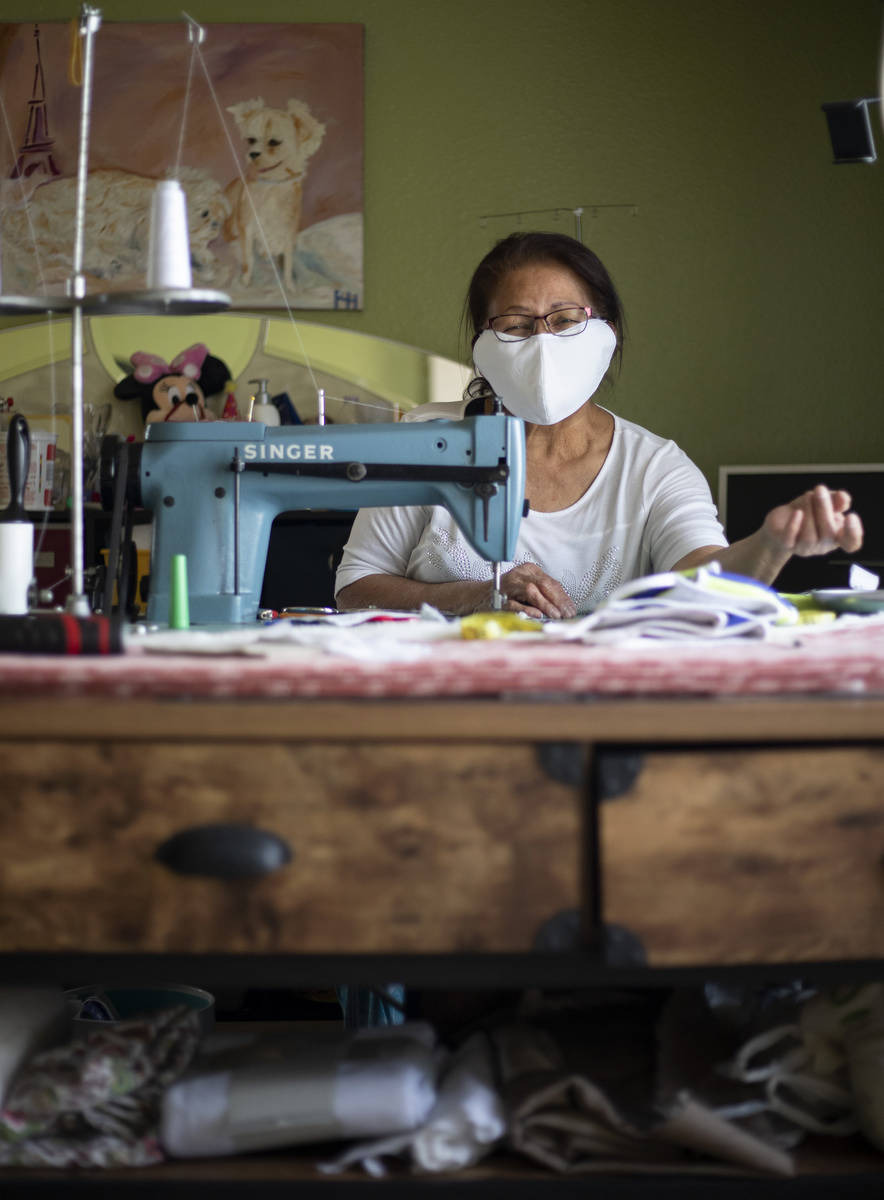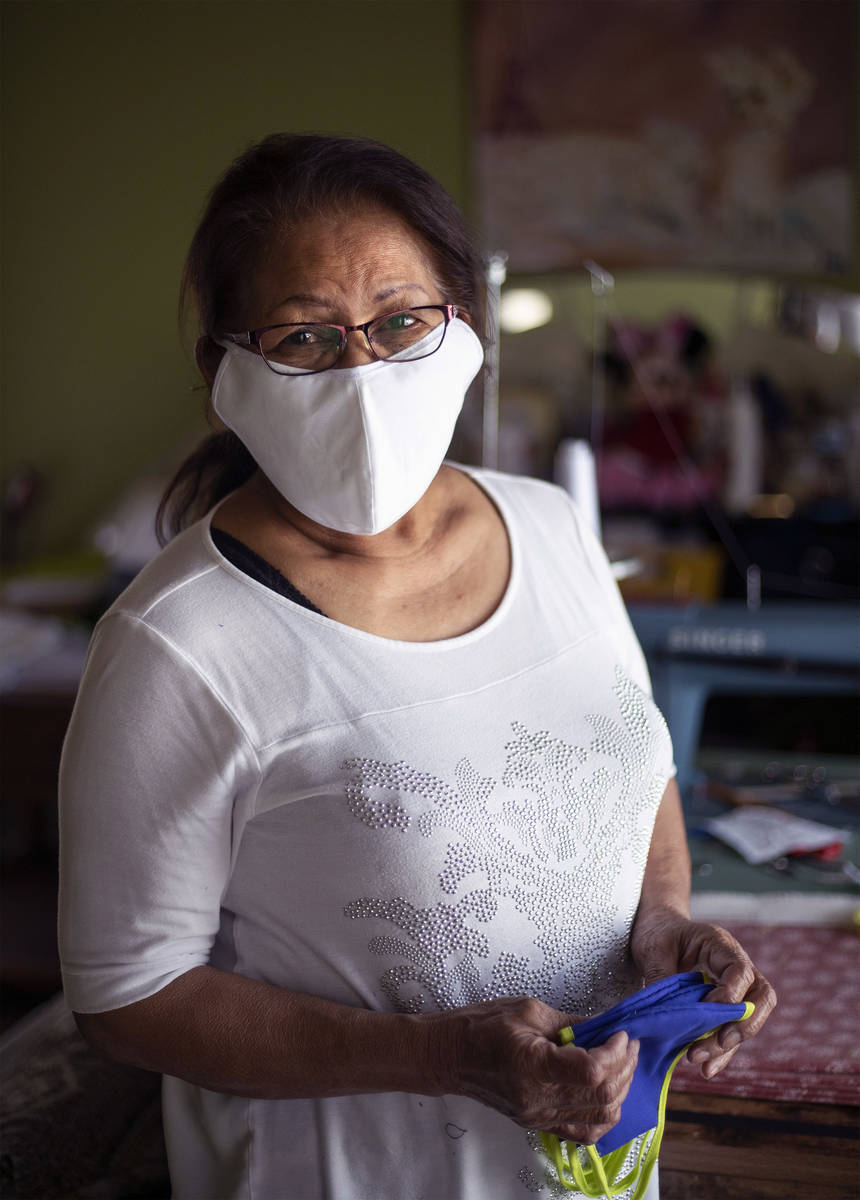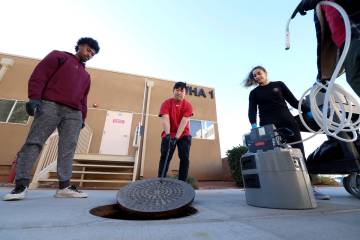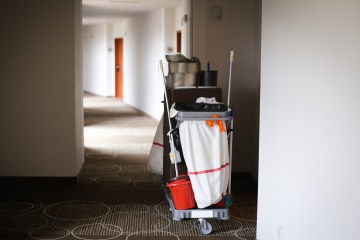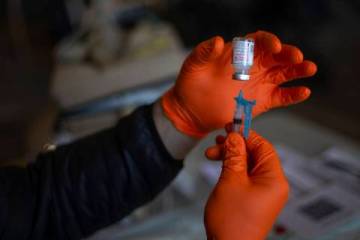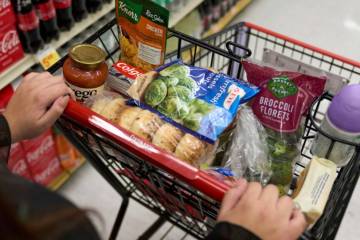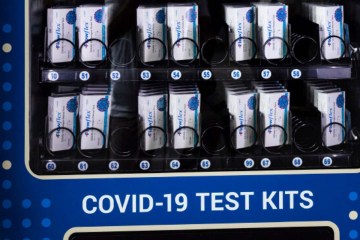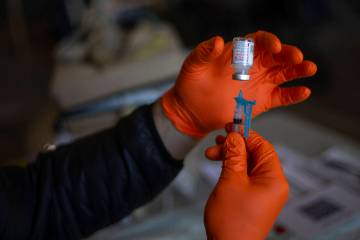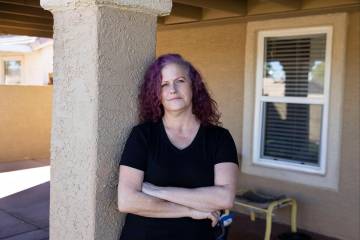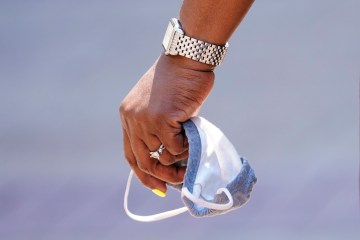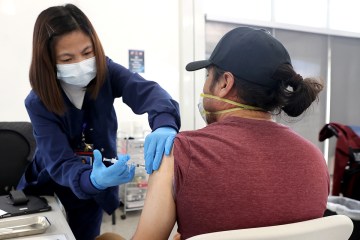Face masks are something you can make, even without a sewing machine
Cloth masks that the federal government advises will help stem the spread of coronavirus are in short supply. The answer? Make them yourself. And you don’t even have to have a sewing machine.
Alia Berry of Las Vegas, a seamstress who has been making masks for about 2½ weeks, said she has made so many she lost count.
“Every time I have like 40 or 50, somebody will ask for them and then I’ll do more,” she said. Pressed for an estimate, she said the total is probably more than 200.
Berry said she got the idea from her sister and improvised the design.
“I am a seamstress,” she said. “So I made the pattern and then I just made some adjustments as I went along. Now I know it’s small, medium, large and extra-large.”
She doesn’t sell them, but gives them away. For fabric, she uses bedsheets bought on Amazon.
“It’s cheaper and you can get more because they’re big,” she said.
CDC: Sew and no-sew instructions for making a cloth face covering
If you’re not a seamstress but have a sewing machine, patterns abound on the Internet, including three versions at joann.com, the website of Joann Fabric and Craft Stores. Company spokeswoman Shauntina Lilly said the how-to’s for the health-care mask came from Deaconess & Froedtert/Medical College of Wisconsin, a cotton version from The Turban Project and a demin one from a Boston surgeon and medical expert.
The health-care mask starts with two flat pieces of fabric that are pleated; bias tape forms edging and ties; and a piece of floral wire helps the mask fit more securely around the nose. The cotton version has elastic loops instead of ties and doesn’t have a wire for the nose. The denim version is tapered to fit more securely around the face.
But even if you don’t have a sewing machine, a homemade mask is within your reach. Popsci.com, the website of Popular Science magazine, has directions for making masks from reusable grocery bags, with a little hand-sewing required.
For any mask, scientists recommend you use a tightly woven cotton, the fabric commonly used for quilting. Or bedsheets. T-shirt material has been found to be less effective.
As for Berry, she has only one frustration.
“I’m so upset,” she said, “because I have friends in Canada, and they said they’re not accepting incoming mail.”
Contact Heidi Knapp Rinella at hrinella@reviewjournal.com or 702-383-0474. Follow @HKRinella on Twitter.





